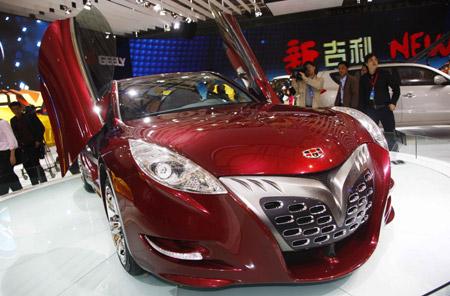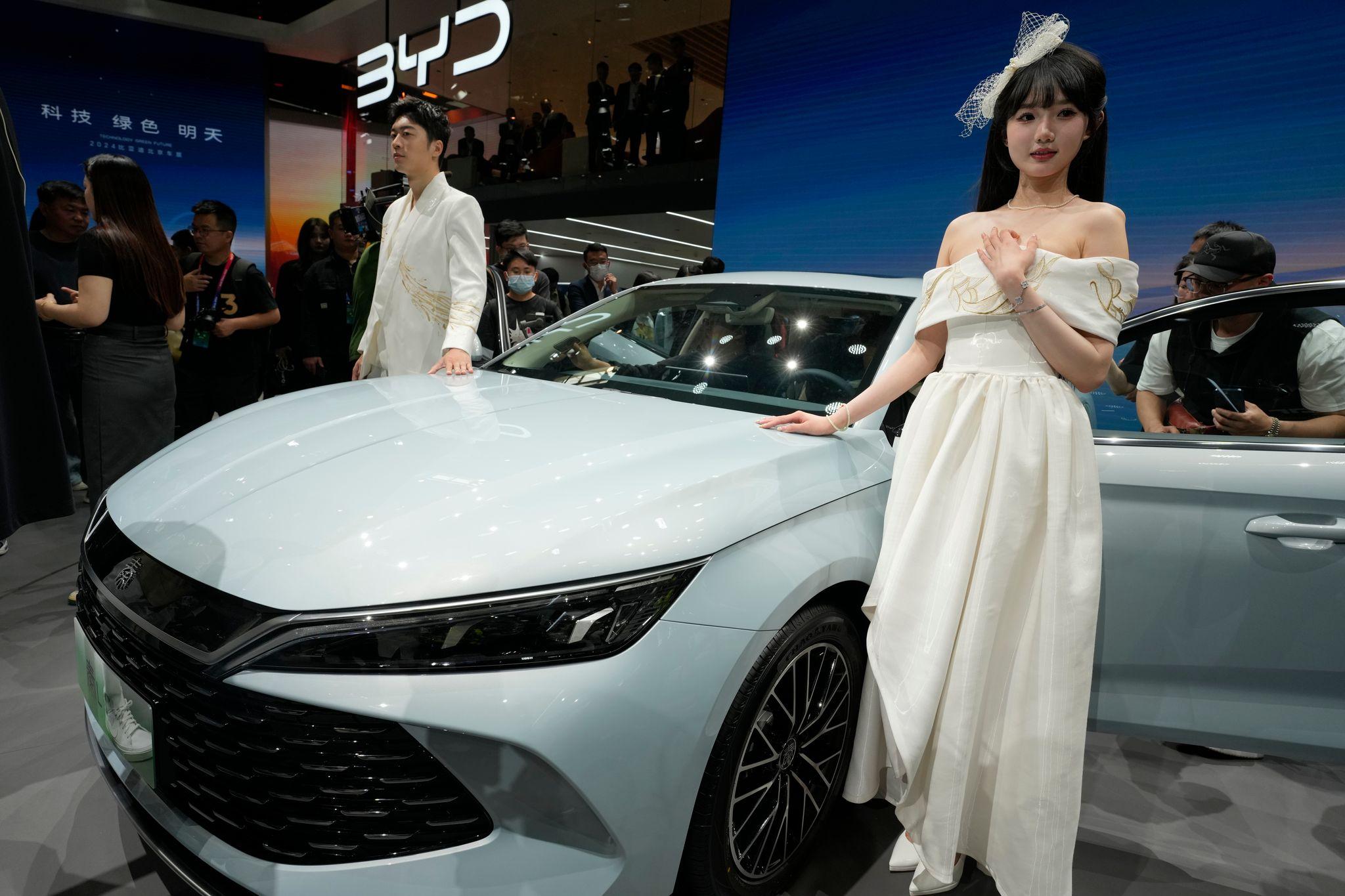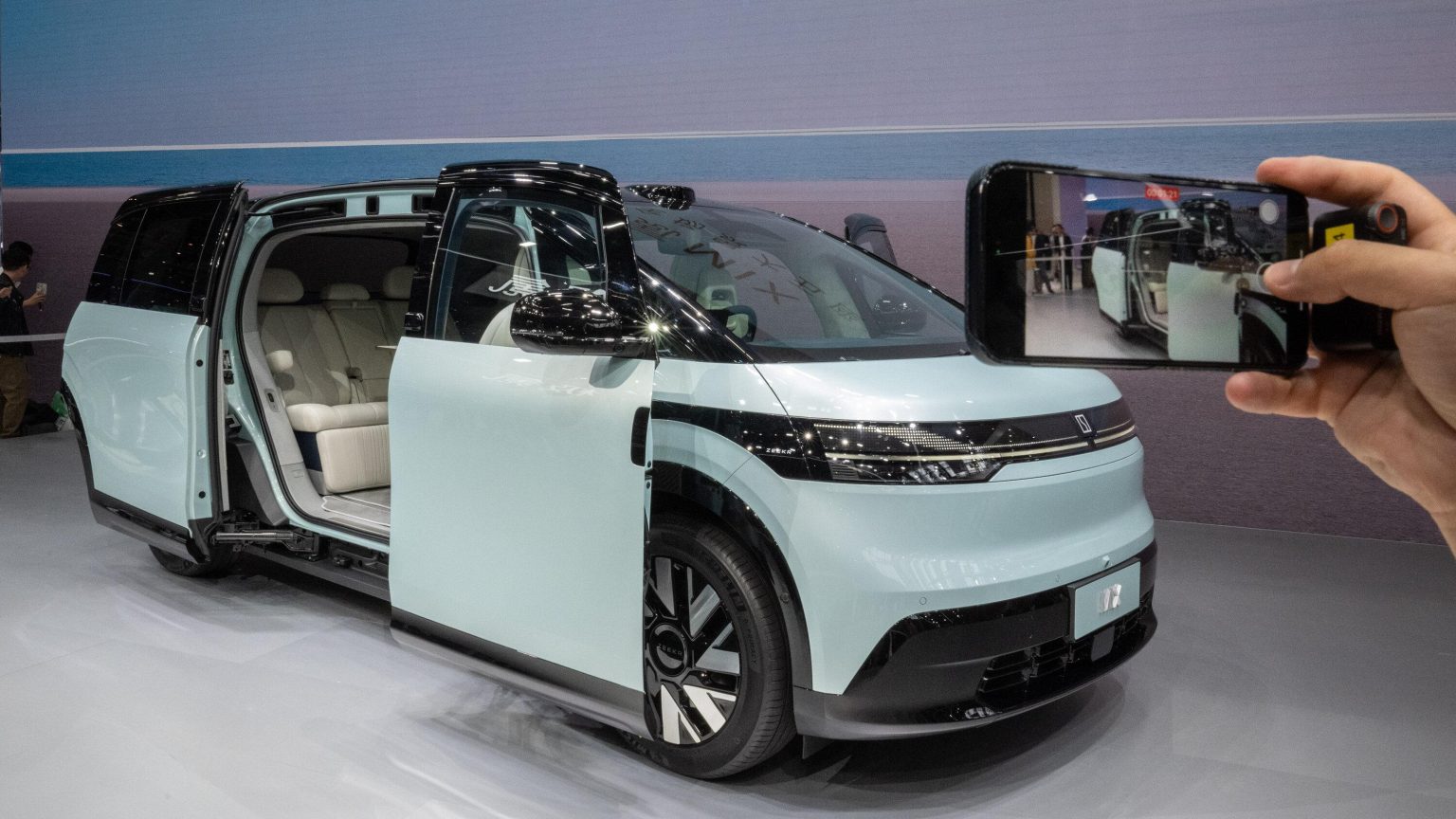As the automotive landscape undergoes profound shifts driven by globalization and technological innovation, Chinese car manufacturers are emerging as formidable players on the world stage. Once regarded primarily for budget-friendly options and imitative designs, these companies are now setting ambitious goals and making significant strides in areas such as electric vehicles (EVs), autonomous driving technologies, and advanced manufacturing processes. With a growing repertoire of brands capturing consumer interest both domestically and internationally, Chinese automobiles are quickly reshaping market dynamics and reshuffling the hierarchy traditionally dominated by established Western and Japanese automakers. This article explores the factors contributing to the ascent of Chinese cars, their impact on global competitiveness, and what this newfound influence means for the future of the automotive industry.
Table of Contents
- Rising Consumer Demand for Chinese Automobiles in Global Markets
- Technological Innovations Driving Chinese Automakers to the Forefront
- Strategic Collaborations and Mergers Shaping the Future of the Industry
- Recommendations for Established Brands to Compete with Chinese Growth
- Insights and Conclusions
Rising Consumer Demand for Chinese Automobiles in Global Markets

In recent years, the landscape of the global automotive industry has undergone a dramatic transformation, primarily driven by a significant uptick in consumer interest in Chinese automobiles. This surge can be attributed to several key factors: technological advancements, competitive pricing, and an increasing range of electric vehicle (EV) options. Chinese automakers, leveraging state-of-the-art manufacturing techniques and rapid research and development, have not only expanded their market share at home but are also making significant inroads abroad. Consumers worldwide are becoming more receptive to the idea of purchasing vehicles from China, driven by their impressive features and value proposition.
Furthermore, the rise of environmental consciousness among consumers has propelled demand for EVs, paving the way for Chinese manufacturers who are at the forefront of electric mobility solutions. As cities gear up for a greener future, manufacturers like BYD and NIO have positioned themselves as leaders in producing sophisticated and sustainable transportation options. This shift is not just limited to passenger vehicles; commercial fleets are also increasingly adopting Chinese brands due to their durability and cost-effectiveness. To illustrate the growth trajectory of Chinese cars in various markets, the following table summarizes key statistics:
| Region | Market Share (2023) | Leading Brands |
|---|---|---|
| North America | 12% | BYD, Geely |
| Europe | 10% | NIO, SAIC |
| Asia-Pacific | 25% | Great Wall, Xpeng |
| Latin America | 8% | Changan, JAC Motors |
Technological Innovations Driving Chinese Automakers to the Forefront

In recent years, Chinese automakers have leveraged groundbreaking technological advancements to enhance their position in the global automotive market. These innovative approaches have spurred the development of vehicle automation, electrification, and connectivity. Key technologies at the forefront of this transformation include:
- Electric Vehicle (EV) Technology: Chinese manufacturers are rapidly advancing battery technology, resulting in vehicles with longer ranges and shorter charging times.
- Autonomous Driving: Investments in AI and machine learning have enabled many companies to refine their self-driving vehicle capabilities.
- Smart Connectivity: The integration of IoT technology allows for enhanced user experiences through connected car features.
Furthermore, the emphasis on sustainability has driven automakers to prioritize research and development in green technology. With government backing and consumer demand shifting towards eco-friendly options, Chinese brands are redefining industry standards. A comparison of recent innovative models demonstrates how these advancements are manifesting:
| Car Model | Key Feature | Market Release |
|---|---|---|
| BYD Han EV | Extended battery life (over 400 miles) | 2020 |
| NIO ES8 | Advanced autonomous features | 2018 |
| SAIC Roewe RX5 | Integrated AI assistant | 2016 |
Strategic Collaborations and Mergers Shaping the Future of the Industry
As the automotive industry witnesses the rising influence of Chinese manufacturers, strategic collaborations and mergers are becoming essential drivers for innovation and growth. Established brands are increasingly partnering with Chinese automakers to tap into their technological prowess and competitive pricing. These alliances not only facilitate the sharing of resources and knowledge but also help in navigating the stringent regulatory landscapes of different markets. For instance, BMW’s joint venture with Brilliance Auto has positioned them strongly within the rapidly expanding Chinese market, allowing them to cater to local consumer preferences while leveraging Brilliance’s manufacturing capabilities.
In addition to traditional partnerships, acquisitions are reshaping the landscape, enabling Western companies to harness the potential of Chinese electric vehicle (EV) technology. A notable example is Volkswagen’s acquisition of a stake in the Chinese EV start-up Xpeng, signaling an aggressive move to enhance its electric vehicle portfolio. Such strategic maneuvers have the potential to spark a wave of innovation as firms combine resources to develop cutting-edge sustainable solutions. The future of the automotive sector will likely hinge on these pivotal alliances, which promise to redefine both competition and collaboration.
Recommendations for Established Brands to Compete with Chinese Growth
To effectively navigate the rising competition posed by Chinese automotive brands, established manufacturers must refine their strategies. Innovation should remain paramount; investing in advanced technology, electric vehicles (EVs), and autonomous driving features can help differentiate offerings in an increasingly crowded market. Additionally, brands should leverage local partnerships to enhance distribution and adapt products to regional preferences, allowing for a more agile response to consumer demands. An emphasis on sustainability can also resonate with environmentally conscious buyers, positioning legacy brands as forward-thinking leaders in the industry.
Furthermore, engaging with consumers through digital marketing channels is crucial. Brands should focus on enhancing their online presence and utilizing social media to communicate brand values and features effectively. Implementing customer-centric strategies—like personalized experiences and enhancing after-sales services—will also foster loyalty amidst fierce competition. To better understand market dynamics, automakers should adopt data analytics to gain insights into consumer behavior and preferences, enabling quick adjustments and targeted marketing initiatives that cater to the evolving landscape.
Insights and Conclusions
the rising influence of Chinese cars marks a significant shift in the global automotive landscape. As manufacturers in China continue to innovate and expand their reach, their competitive pricing, advanced technology, and commitment to sustainability are reshaping consumer preferences and industry standards worldwide. The era of automakers hailing from the East is upon us, and as these companies gain traction in both domestic and international markets, traditional automotive powerhouses will be compelled to adapt and evolve. With foreign collaborations on the rise and an increased focus on electric vehicles, the implications of this transformation extend beyond mere competition; they signal a potential rebalancing of power in the automotive sector. As we look ahead, it will be crucial for stakeholders across the industry to monitor these developments, embracing the challenges and opportunities presented by this dynamic new era in the automotive industry.



